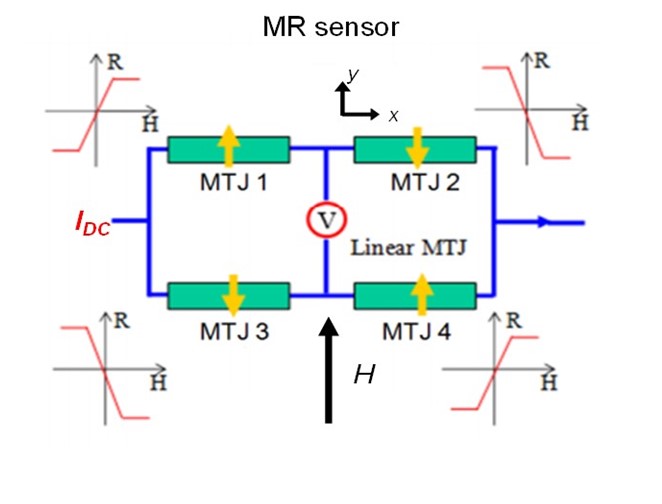Spin Current Related Magnetoresistance


Magnetoresistance (MR) is a phenomenon of both fundamental and practical importances. Every time when a different type of MR is discovered, it would lead to significant advances in the new device concepts and applications.

For example, the discovery of giant magnetoresistance immediately attracted the interest of hard drive disk (HDD) industry because of its immense potential as a sensitive sensor. It has eventually enabled the areal density of HDD to increase by a compound annual growth rate of about 60% for almost two decades. Recently, MRs arising from the interplay between spin current and magnetization have attracted intense interests worldwide with the hope of being adopted in the next-generation high sensitive sensors. References: [1] Y. Yang et al., Nat. Commun. 9, 2255 (2018) [2] Y. Xu et al., Phys. Rev. B 100, 094413 (2019) [3] Y. H. Wu et al., Spintronics XII 11090, 110902L (2019)